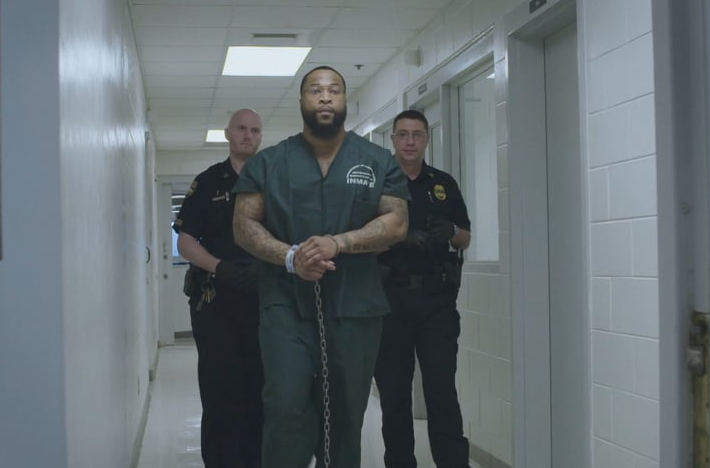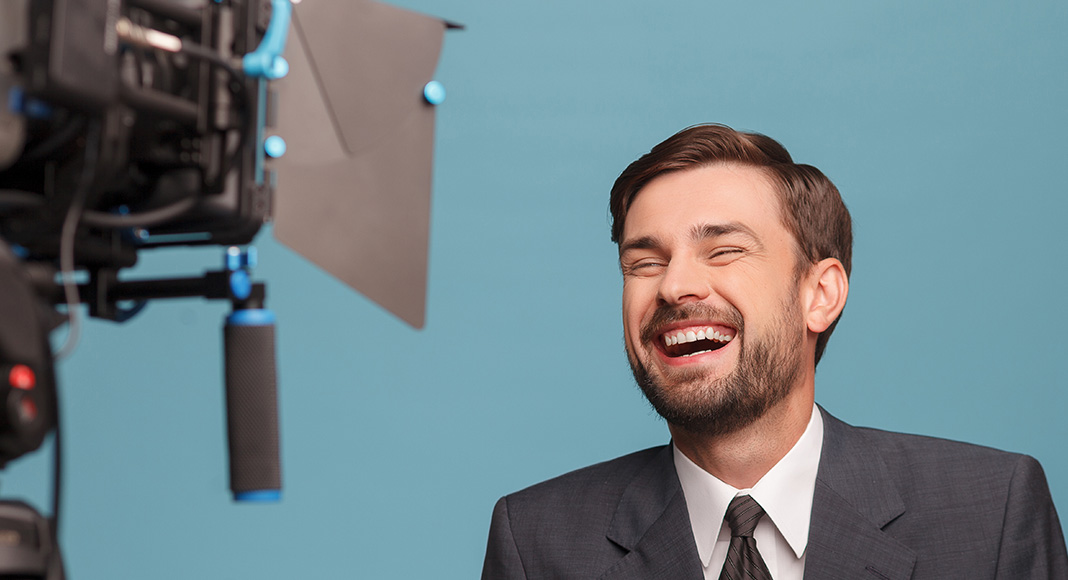There’s no denying it – some testimonials are just magic. It’s raw, compelling and real. You can hear the emotion in the subjects’ voices. You’re mesmerized by their vulnerability, and the brave way they tell their story… Or you’re lifted up by their enthusiasm and the sheer inspirational quality of the video.
How is it that some videos manage to pull us in like this – while others fall flat?
In this article
- Why Video Testimonials Pack Such a Punch
- Drawing Out the Raw Story is All About the Interview
- Pre-Interviews May be Taboo, But They Can be Instrumental
- Becoming a Skilled Interviewer Takes Practice and Patience
- With a Great Idea, Solid Interview Technique and Good Research, Your Video Could Capture a Truly Great Story
- Learn More About Phil Stevens and Bedhead Media
Helping unravel this mystery is Phil Stevens, CEO of Bedhead Media in Atlanta, Georgia. Together with his team, Phil has helped create emotional testimonials and engaging commercials, films and other video content for corporate clients such as the Home Depot, Coca-Cola, Ford, as well as a variety of churches, including Victory World Church, 12Stone Church and Cross Point Church.
Why Video Testimonials Pack Such a Punch
“When it comes to testimonials, video [as a medium] stands out because you are given the opportunity to take a small glimpse into the person’s life and see them, hear them speak, see their physical cues and see if they’re coming across as genuine or surface level,” Phil says.
Drawing Out the Raw Story is All About the Interview
While the editing room can be a creative space where a team can attempt to draw out the story, according to Phil, no amount of editing can make up for a poor interview.
“The questions that are being asked from behind the camera to whoever is being interviewed, have to be very real, raw and not staged,” Phil says. “Initially, when we’re sitting down I like to have them share their name, how long they’ve been in their career and how they got started. It sets up a baseline of who they are, where they’re coming from, and how their experiences have shaped where they are now.”
“You want to give them time to get to the heavy stuff,” he explains. “It’s almost like going out on a date with someone for the first time and going straight into asking, ‘Do you want kids?’ ‘Where do you want to live?’ ‘Do you want a mini-van?’”
“I like to give people time to get there,” he says. “In the context of a video eventually you want to get to questions like ‘Tell me about your life,’ ‘Can you tell me about your difficult season… How did it make you feel?’”
Pre-Interviews May be Taboo, But They Can be Instrumental
Besides taking your time with your line of questioning, a pre-interview may be another tool that can help you ease the process of entering a difficult conversation with an interviewee. While not every production house or director agrees with the process – as some believe it can take away the raw emotion, according to Phil, a pre-interview can sometimes be instrumental to ensuring that the interviewee feels comfortable enough to share in the first place.
“One thing I like to do – which I know some production houses don’t do, is pre-interview,” Phil says. “However, I don’t like it to be a phone call when the stakes of the conversation are really high. For instance, let’s say the testimonial is about addiction. Instead, I like to go out and have a cup of coffee with who is being interviewed and hear their story.”
However, if you decide to conduct a pre-interview, Phil is quick to point out that the process is not about going into the ‘hard hitting’ questions off the bat.
“I actively listen,” he says. “I’m not fishing and what I really want to hear is their story from their perspective. Doing so will let them know that you care.”
“What this process does for me as a Director is that it enables me to sit in front of them later, in filming, and to ask very similar or specific questions,” Phil adds. “There’s a book called ‘From Good to Great,’ and in it the author pulls an analogy from Viking ships. Back then, if two ships were to go against one another, instead of firing off cannons randomly, they’d first shoot a pistol above the bow to make sure that their aim is good before they wasted the ‘big guns.’ The pre-interviews help me sort out the guts of the story, and what’s going to speak to someone’s heart. Then, when we have the shoot, we can ask very intentional questions that will bring emotions to the table.”
Becoming a Skilled Interviewer Takes Practice and Patience
While Phil can speak from a place of experience and of having achieved many candid interviews, he’s quick to point out that like any other craft – finding your style and technique can take time and practice.
“When I first started, it was awful because I didn’t know what I was doing,” he admits. “I had a film mentor, but what I really needed was to find my own style. When I asked questions before, it just came across as very staged and I wasn’t listening. There’s a certain order or flow to questions, but I was thinking more about the list of things I had to ask, rather than hearing about their story and connecting with them.”
“Now that I’ve been doing it for several years, I’m still learning, but I have a feel for a good formula.”
According to Phil, as a result of becoming a better listener with a honed process, he is also now better able to recognize when a story simply won’t work for client.
“I try to remove all my expectations and that’s not easy to do, especially when you’re being paid to do a job and end up finding that there’s not a story worth using,” he says. “However, sometimes I do have to go back to the client and say, “I don’t think it’s what you thought it was going to be. Let’s go another route.”
With a Great Idea, Solid Interview Technique and Good Research, Your Video Could Capture a Truly Great Story
“It starts with a great idea and great writing,” Phil says. “All the other stuff can be learned or duplicated or found: creative crews, lenses and the talent etc. But it’s got to start with a good idea.”
“To put a story together creatively in a way that will stand out, you’ve gotta do your homework. Take time out with your team and research: Who else is doing something like this? What worked for them? What hasn’t worked? Is this story overdone? Is it already saturated in the market? And what’s different from this one compared to others out there?
One of the most compelling stories that Phil recalls, is the short documentary project he was involved with called ‘By the Riches of His Grace.’
“We did a documentary for a church, where a retired police officer’s son got killed by a gang member. His son wasn’t part a gang, but he was a casualty of violence… And what his father did, was decide to forgive the murderer – who was in for a life sentence – and adopt him as his own son. It was a really powerful story.”
“We had to visit Jacksonville, Florida, and listen to his story as to why he needed to forgive and do this. What is he holding on to still and what does he want to give away? I wanted to get lost in his head – the tendrils that make up his reasoning. That’s how you find what the juicy parts of the story is.”
Watch By the Riches of His Grace.

Learn More About Phil Stevens and Bedhead Media
Take a tour through Bedhead Media’s website, including examples of their work and a fun page on their team.

Leave a Reply